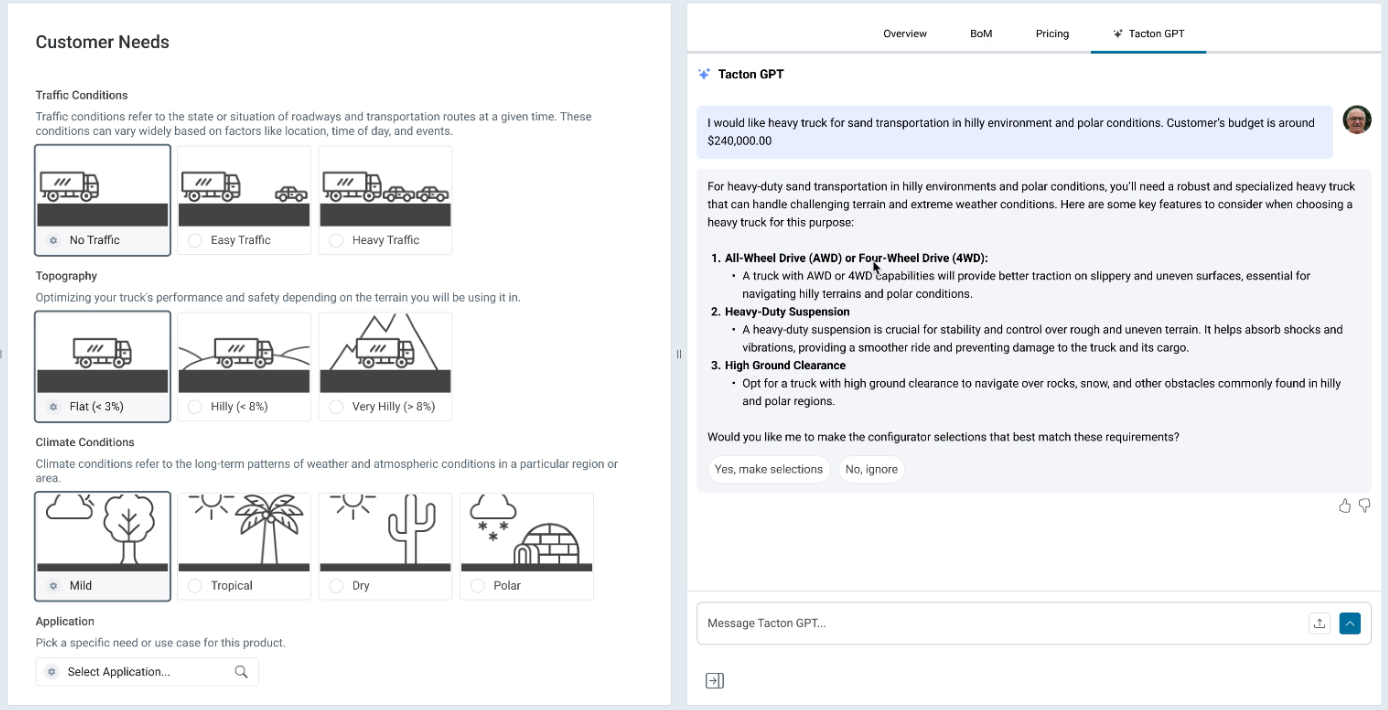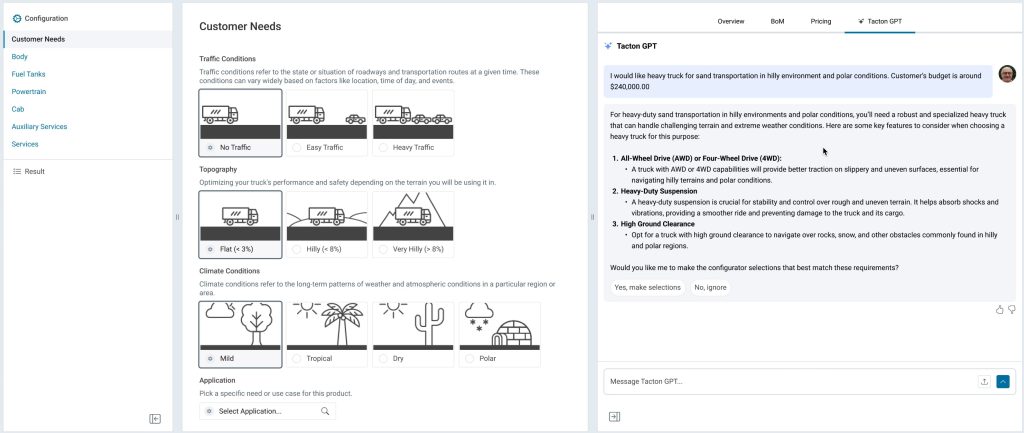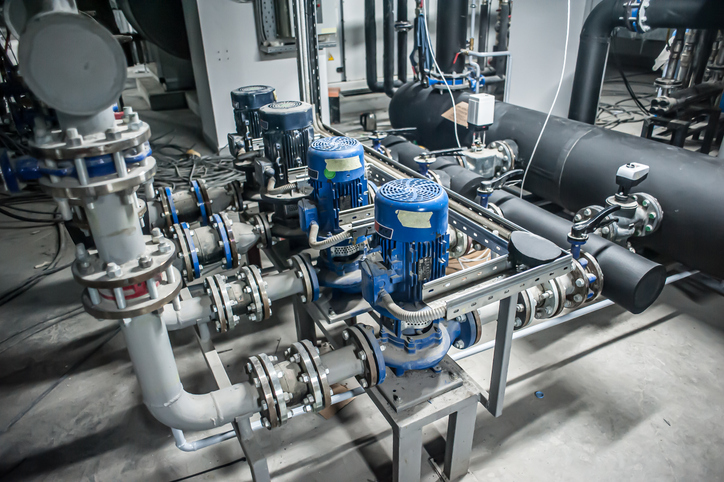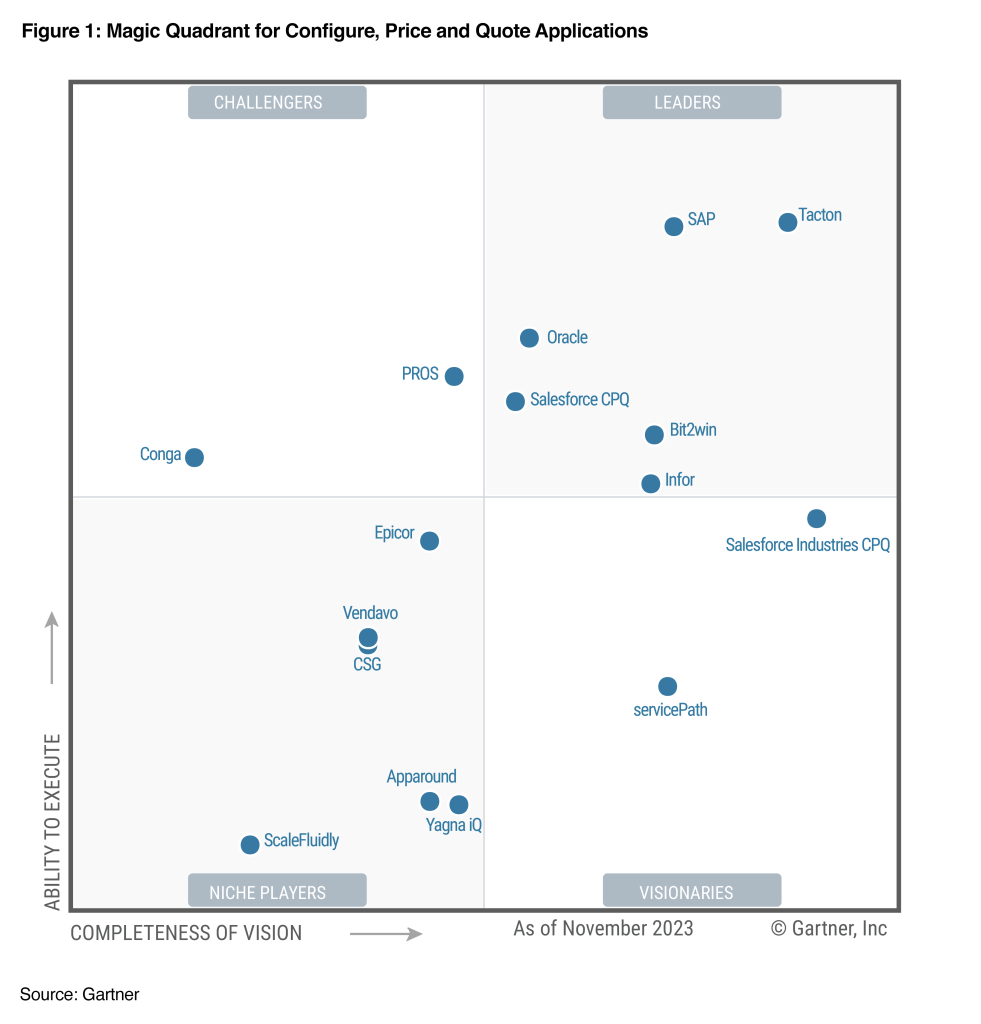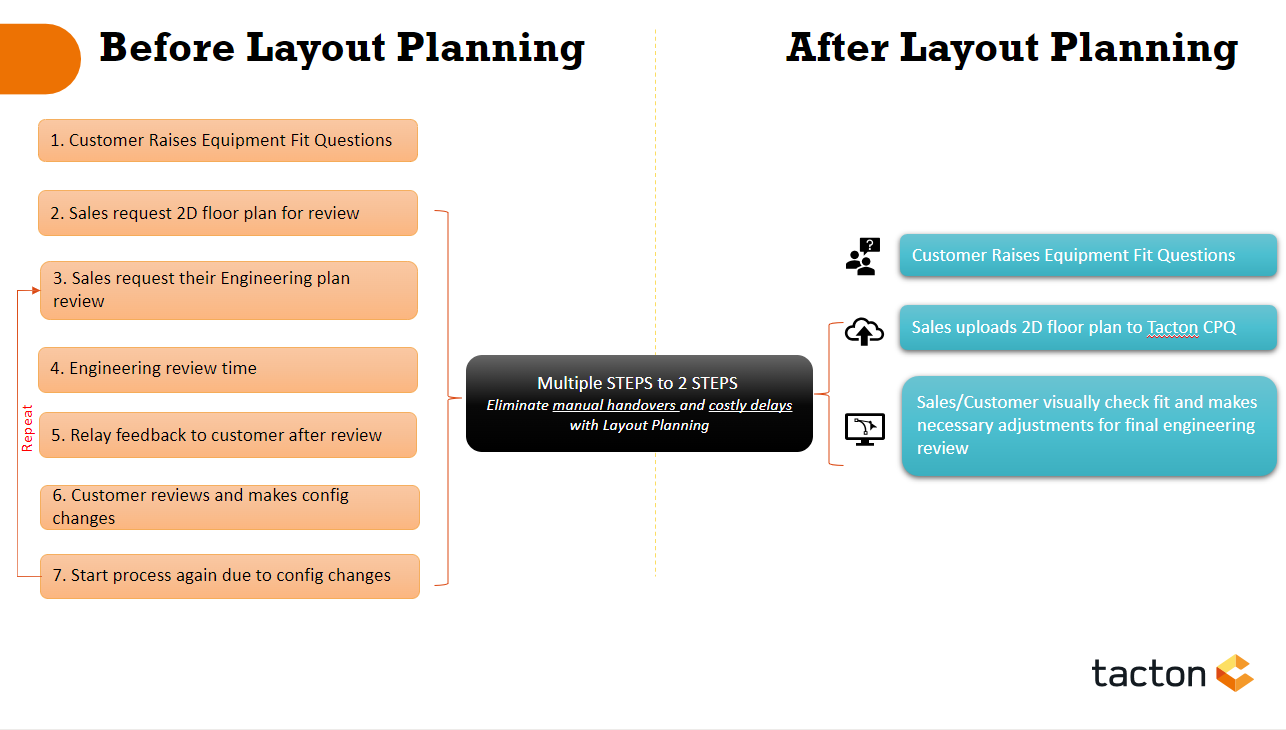5 Reasons Why Aftermarket Sales Matter More Than Ever for Manufacturers
Discover why aftermarket service sales are critical for manufacturers in 2024. Learn how economic shifts, higher margins, booming markets, and sustainability trends are reshaping the role of aftermarket services, with insights to boost profitability and customer loyalty.

As we end 2024, aftermarket service sales have become a critical focus for manufacturers seeking to enhance revenue, build meaningful customer relationships and stay competitive. Economic pressures, evolving customer demands, and technological advancements are reshaping the role of aftermarket services. Here are the top five reasons why aftermarket sales matter more than ever for manufacturers today.
1. Economic Shifts Favoring Maintenance Over New Purchases
With high inflation and rising interest rates, many companies are delaying major capital investments, opting instead to extend the life of their existing equipment. Manufacturers are meeting this need by focusing on aftermarket services like maintenance and upgrades, allowing customers to avoid the financial strain of new purchases. By pivoting to aftermarket services, manufacturers can adapt to a market that prioritizes maintenance over new purchases, positioning themselves as essential partners in helping customers maximize the value of their existing equipment.
2. Higher Margins for Long-Term Profitability
Aftermarket services offer financial benefits that often surpass those of new product sales. According to Deloitte, aftermarket services contribute an average of 25-30% of manufacturers’ revenue but represent over 50% of profits due to significantly higher margins. Additionally, McKinsey research shows that companies with a strong aftermarket focus can see profit margins up to ten times higher than those relying on new equipment sales alone. This margin advantage makes aftermarket sales a crucial part of a sustainable, profitable business model.
3. Growth Potential in a Booming Market
The aftermarket sector is experiencing rapid growth. This booming market presents manufacturers with fresh opportunities to expand their services portfolio. With higher margins and customer demand increasing, aftermarket services are an attractive and reliable revenue stream across various manufacturing sectors. As business face increased competition, those who leverage aftermarket services will find themselves in new opportunities to capitalize on the expanding market.
4. Strengthening Customer Relationships through Regular Interactions
Aftermarket services provide manufacturers with ongoing touchpoints with their customers, enabling them to build and maintain strong relationships. Ongoing service interactions allow manufacturers to understand customers’ evolving needs, offer personalized recommendations, and increase long-term loyalty. A report from the Service Council indicates that companies focusing on service achieve 25-30% higher customer retention rates, with repeat customers contributing significantly to long-term revenue. Through tailored services, manufacturers can turn one-time buyers into long-term partners.
5. Aligning with Sustainability and Market Trends
As sustainability becomes a priority, aftermarket services align with market demands for eco-friendly practices. By maintaining and refurbishing existing equipment, manufacturers contribute to reduced waste and promote sustainable practices—a factor that appeals to environmentally conscious consumers. Additionally, with the rise of electric and hybrid vehicles, specialized maintenance and support services are becoming essential, presenting new growth opportunities for manufacturers.
Tacton: Empower Manufacturers to Succeed with Aftermarket Sales
Today’s manufacturers face mounting pressure to create lasting value beyond the initial sale. With Tacton’s upcoming Service Sales solution, manufacturers will soon be able to offer both products and services within a single, unified Configure, Price, Quote platform. By integrating service options like maintenance, spare parts, consumables, and training, Tacton empowers sales teams to unlock new aftermarket revenue streams, increase customer retention, and improve profitability. Through seamless quoting of both products and services in one system, manufacturers can enhance revenue, protect service margins, and build deeper customer relationships. Stay tuned for how Tacton will transform aftermarket offerings into powerful, long-term revenue streams for sustained success.






